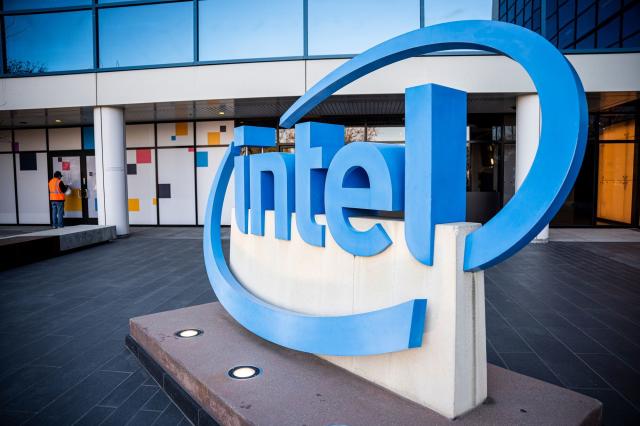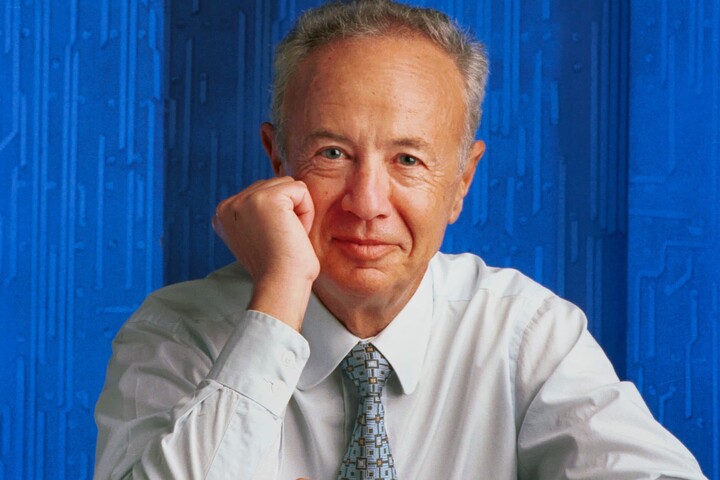Intel Acknowledges Past Mistakes After Foundry Business Losses Hit $7 Billion
In an apparent admission, Intel Corp has revealed that a series of past missteps are largely responsible for its foundry business suffering a massive $7 billion loss last year. The tech giant, once the undisputed leader in the semiconductor industry, has faced increasing competition and operational challenges, leading to significant financial setbacks.
A Time of Reflection and Rebuilding

Image Source: uk.finance.yahoo.com
During a recent press conference, Intel’s CEO pointed to a combination of strategic errors and execution missteps that hindered the company’s performance and competitiveness in the global marketplace. “We have learned from these experiences,” the CEO said, emphasizing a renewed focus on innovation and operational efficiency.
Intel’s foundry services, which manufacture semiconductors for third-party companies, were particularly hard hit. The loss of the division underscores the challenges Intel faces in regaining its dominance in the semiconductor industry, which is crucial for everything from personal computers to advanced server farms and mobile devices.
Strategies for Recovery
Intel has outlined a multi-pronged strategy aimed at turning around the fortunes of its foundry business. This includes significant investment in research and development, upgrading manufacturing facilities, and fostering closer partnerships with key customers. The company is also looking to take advantage of the growing demand for semiconductors driven by the proliferation of digital technologies and smart devices.
Additionally, Intel is focusing its attention on emerging technologies such as artificial intelligence, 5G networking, and autonomous vehicles, areas that are expected to drive future growth in the tech sector. “Our goal is not just to correct our past mistakes, but to move forward and become an industry leader once again,” the CEO said.
The Path Ahead
Despite the substantial losses, market analysts are cautiously optimistic about Intel’s potential for recovery. The company’s transparent acknowledgment of its shortcomings and strategic pivot towards future technologies and market demands suggest a promising direction. However, Intel’s journey to regain its lost ground will not be without its challenges, with fierce competition from both established players and nimble startups in the semiconductor space.
Conclusion
Intel’s admission of past mistakes and its significant financial losses last year highlight the volatility and competitiveness of the global semiconductor industry. As Intel works on ambitious plans to revive its foundry business, the tech world will be watching closely to see if the company can return to the forefront of innovation and market leadership.

